
Entrance to Shinto shrine in the middle of Kyoto. Shinto shrines are generally in wooded areas. Even in the city of Kyoto this Shinto shrine is among trees. (1225k)
In September, 1997 I spent three weeks in Japan. For the first week I rented a car from Osaka and drove around the Osaka area for three days, including a day in Nara, the old capital city, then north to the Japanese Alps to Matsumoto. Traffic conditions in Japan are congested - everywhere, all the time. At least that's what it felt like. In reality, it was not so bad once I was a little north from the coast, away from the major cities. Driving through the Japanese Alps was quite scenic.
Japan is full of history. Some of the buildings I saw were from before 1000 CE. The temples and statues are incredible. Nara has some really exciting historical places. The Historic Monuments of Historic Monuments of Ancient Nara are a UNESCO World Heritage Site.
The next two weeks I was in Kyoto for a conference. I still had time to see quite a bit of Kyoto, the capital city after Nara. The Emperors palace is impressive. There are lots of other temples, pagodas, etc. in and around Kyoto. The Historic Monuments of Ancient Kyoto (Kyoto, Uji and Otsu Cities) are a UNESCO World Heritage Site.
There are two major religions in Japan, Shintoism and Buddhism. It is said that 80% of the Japanese are Shinto, and 80% are Buddhists. This means that many worship in both religions.
The temples of the two religions are distinctly different, especially in their settings. Buddhist temples are generally more in open areas, Shinto Shrines are more in wooded areas, hidden among trees. They have a very different atmosphere. The Buddhist temples seem to be more oriented towards architecture, human endeavors, whereas the Shinto shrines are more oriented towards nature, union with the surrounding natural world. It is difficult to describe, you have to see it to understand it.
I found the Japanese generally friendly, but not as outgoing as people in other countries that I have visited. I had many interesting conversations with Japanese, some of them with a dictionary because they didn't speak English. I had learned a little Japanese, so I managed to get around quite well. I even started to understand some of the written language.
The myth that Japan is extremely expensive is not true. I usually had dinners for around $6 - $10 US. Hotel rooms were around $35 - $55 US. Of course, if you want western food and western hotels, you will have to pay a lot. But why would you want that when you are in Japan?
Here are some of the pictures I took on my trip.
All pictures are © Dr. Günther Eichhorn, unless otherwise noted.







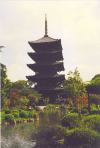

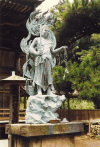
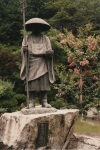
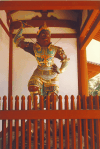
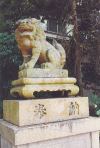

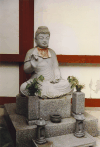


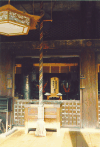
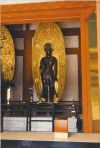
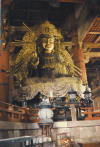
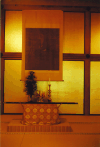










The total number of pictures online on my website from Japan is 31
Page last updated on Tue May 25 20:50:37 2021 (Mountain Standard Time)
日本国 (Japan) - Temples, Shrines, and Palaces on aerobaticsweb.org